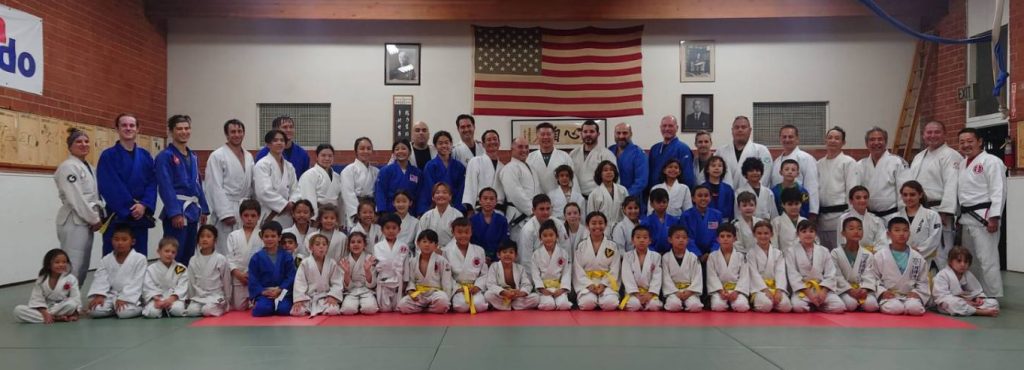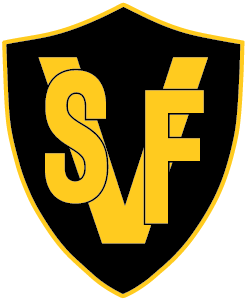
OUR PROGRAM
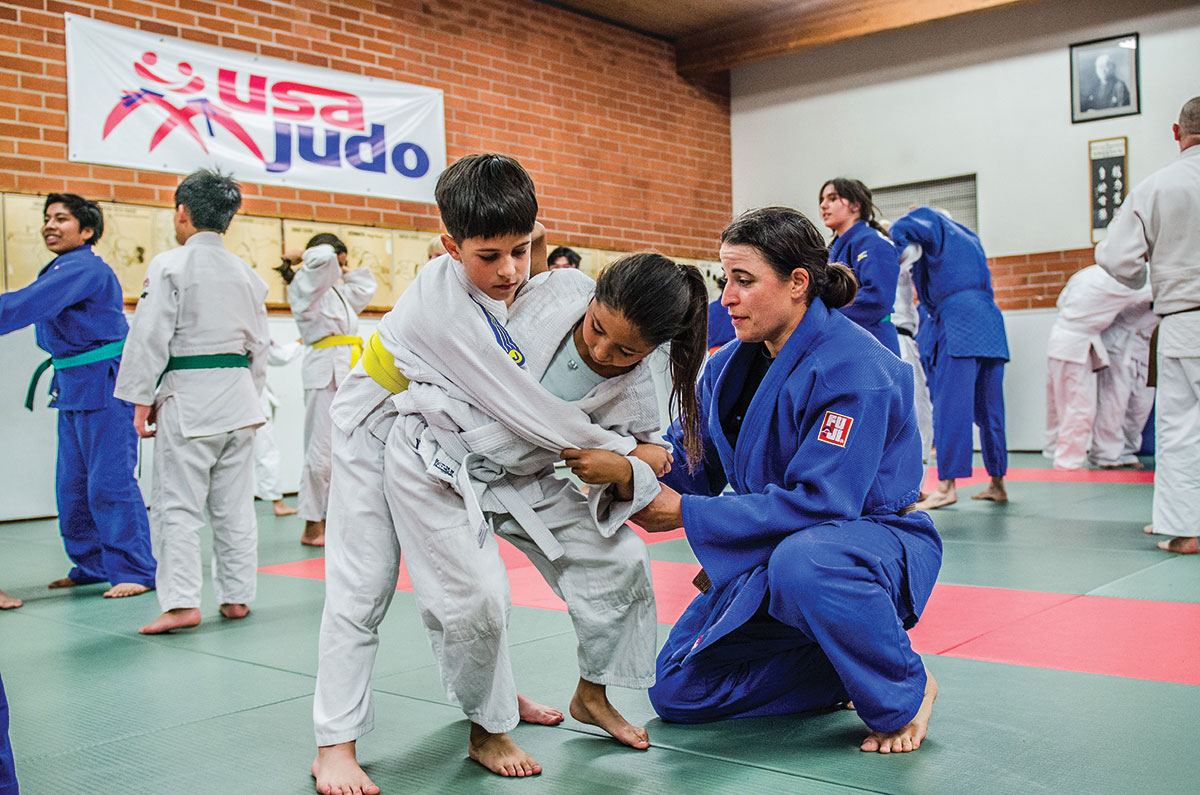
Fundamental Class
Mon, Wed & Fri 6pm to 7:30
Our Basics Class is a FUNdamental judo class that is designed to give every student a good taste of Judo and the Japanese culture, while also teaching them how to throw and fall safely.
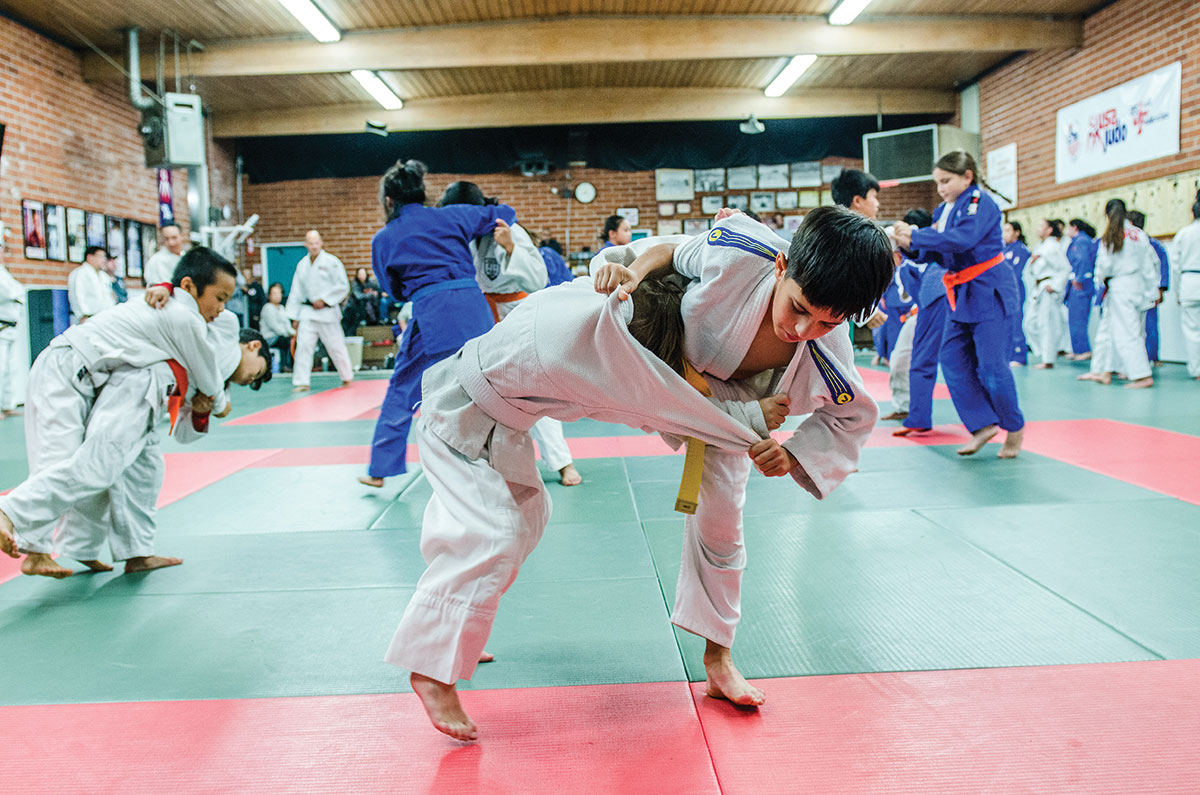
Intermediate Class
Wednesdays only 7:30pm to 9
Our Intermediate Class is geared to teach traditional Judo as is taught in Japan with the utmost concentration on personal development of mind, body and spirit. We build good citizens, good community, good people through mutual respect, welfare and benefit.

Advanced Class
Mon, Wed & Fri 7:30pm to 9
Our Advanced Class is focused on competitive Judo under current International Judo Federation rules. We have great senseis and coaches from around the world that vigorously push to build the best competitors each of our students can be.
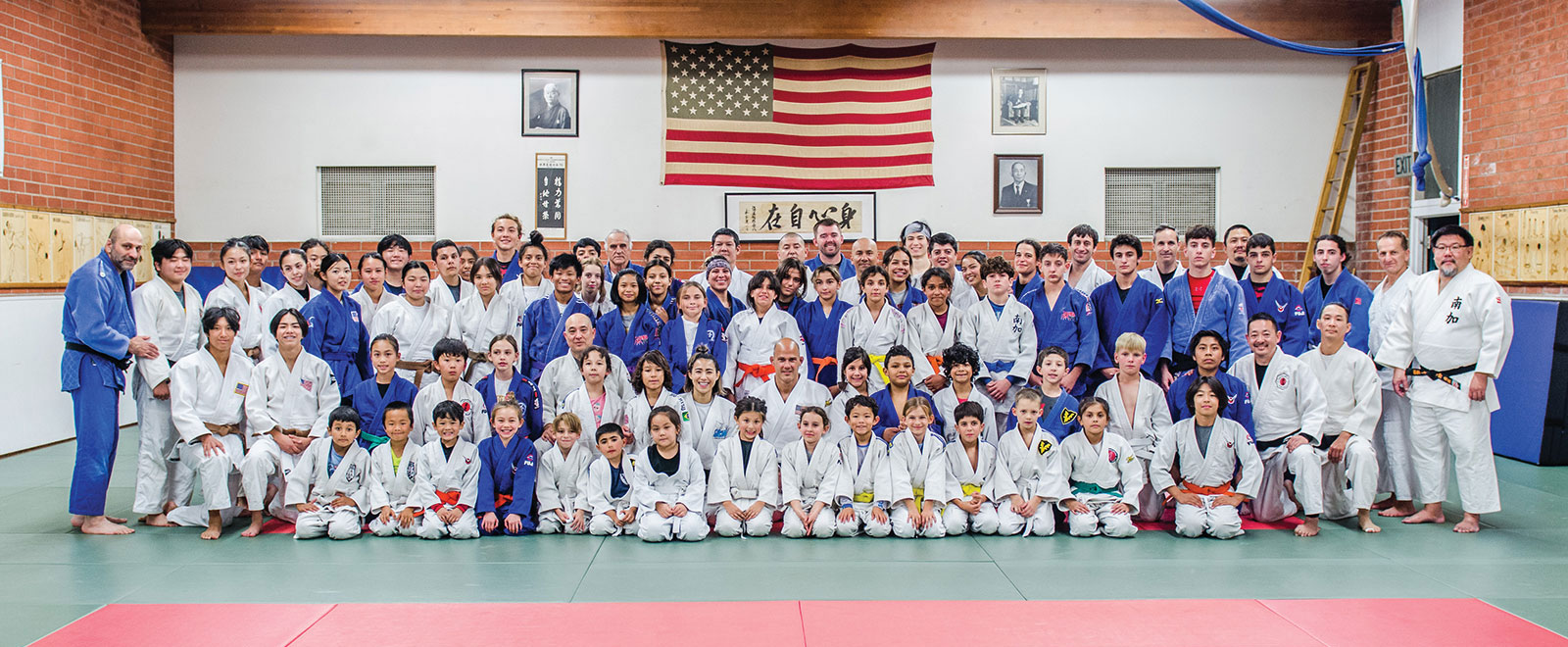
OUR MEMBERSHIP FEES
Initiation Fee (One time)
$100 per judoka
+ $50 for each additional family member
Monthly Dues
$50 per judoka
+ $40 for 2nd family member
+ $25 for each additional family member
Annual Fees
$100 USA Judo Membership
$60 Community Center Membership
Judogi
$45 and up, depending on size
Dojo Etiquette
Etiquette is an important part of the sport of judo. Players are expected to respect their practice partners, opponents, their instructors, coaches, and the referees and officials at tournaments. Our respect for others in judo is expressed through our actions and words. These specific actions are expected of a judoka. The following description of San Fernando Valley judoka’s expected actions is provided as a guide for the player, parents and spectators to better understand proper judo etiquette. Other dojos may vary in some details.
On the Mat
We bow before entering the practice mat. If we must come in late we bow to the head instructor and wait at the edge of the mat for the instructor to invite us to participate. At the beginning of class we stand in line facing the instructors. We stand in order by age category and within each category by rank. The age categories in judo are Yonen (12 years and under), Shonen (13 to 16 years) and Seinen (17 years and above). Higher ranks within each age category stand on the left with lower ranks to the right.
Starting Class
At the start of class the instructors (senseis) seiza first then the students seiza starting from the left to the right. Class is called to attention “kiotsuke”. We perform a kneeling bow at the command “rei”. Class proceeds with warm up exercises.
During Class
When beginning practice with a partner we humbly request the honor of practicing with them “onegai shimasu”. After finishing with this partner we thank them “domo arigato.” No gum, food or beverages are permitted on or around the mat. There are two acceptable ways to sit in class. The first is sitting on the knees (seiza). The second is sitting cross-legged. These methods of sitting will be demonstrated in the beginners class. Always walk around or behind the instructors and classmates during class. Make sure that your fingernails and toenails are trimmed and filed so as not to cut or injure your opponent. Good hygiene is an essential part of good judo etiquette. Make sure your gi (uniform) is clean and the player is clean also.
Ending Class
At the conclusion of class we will line up again. The class will be called to attention “kiotsuke” followed by “mokuso”. “Mokuso” is the command to close your eyes and begin a form of meditation breathing intended to lower the heart rate. It is performed by breathing in for a count of seven through the nose, holding the breath for a count of seven and then slowly breathing out through the mouth. At the conclusion the sensei announces “yame” to end the breathing. This is followed by a command to bow “rei”. The command “jyozan-ni-mukate” means to face the place of honor (“joseki”). Once again we bow at the command “rei”. We turn again to face the instructors and conclude the class by bowing as we thank the instructors by saying “domo arigato.”
About Bowing
In the Japanese culture bowing is routinely performed as a sign of greeting and respect. In judo we perform two types of bows, standing and kneeling. Bowing is done when entering the dojo, entering or leaving the mat, at the beginning and end of class, before and after practicing with a partner and at tournaments at the beginning and end of each match. At the end of the class we turn and face joseki, the “higher end” of the dojo and bow towards the picture of Professor Kano. This bow is a sign of our respect for the founder of judo. In tournament we bow before we enter the contest area, we bow once more at the line then step forward and the contest begins. At the end of the contest, we step back to the white line, bow to our opponent again and bow a final time as we exit the contest area.
Visiting other Dojos
Etiquette is especially important when visiting other dojos. Always ask your Sensei’s permission before visiting another dojo. Visit only when San Fernando Valley Judo is not practicing. When San Fernando Valley Dojo is practicing you are expected to attend our practices. When visiting other dojos please remember that you are a guest representing San Fernando Valley Judo. The following rules should be observed when visiting:
1. Be on time
2. Ask the head instructor of the dojo you are visiting for permission to participate
3. Ask about and pay any required visitors fee
4. Greet all Senseis on the mat and have a humble attitude – you are there to learn
5. Work hard
6. Remember you are representing San Fernando Valley Judo Dojo when you visit, be respectful.
7. Thank the head instructor and any other instructors after class has ended
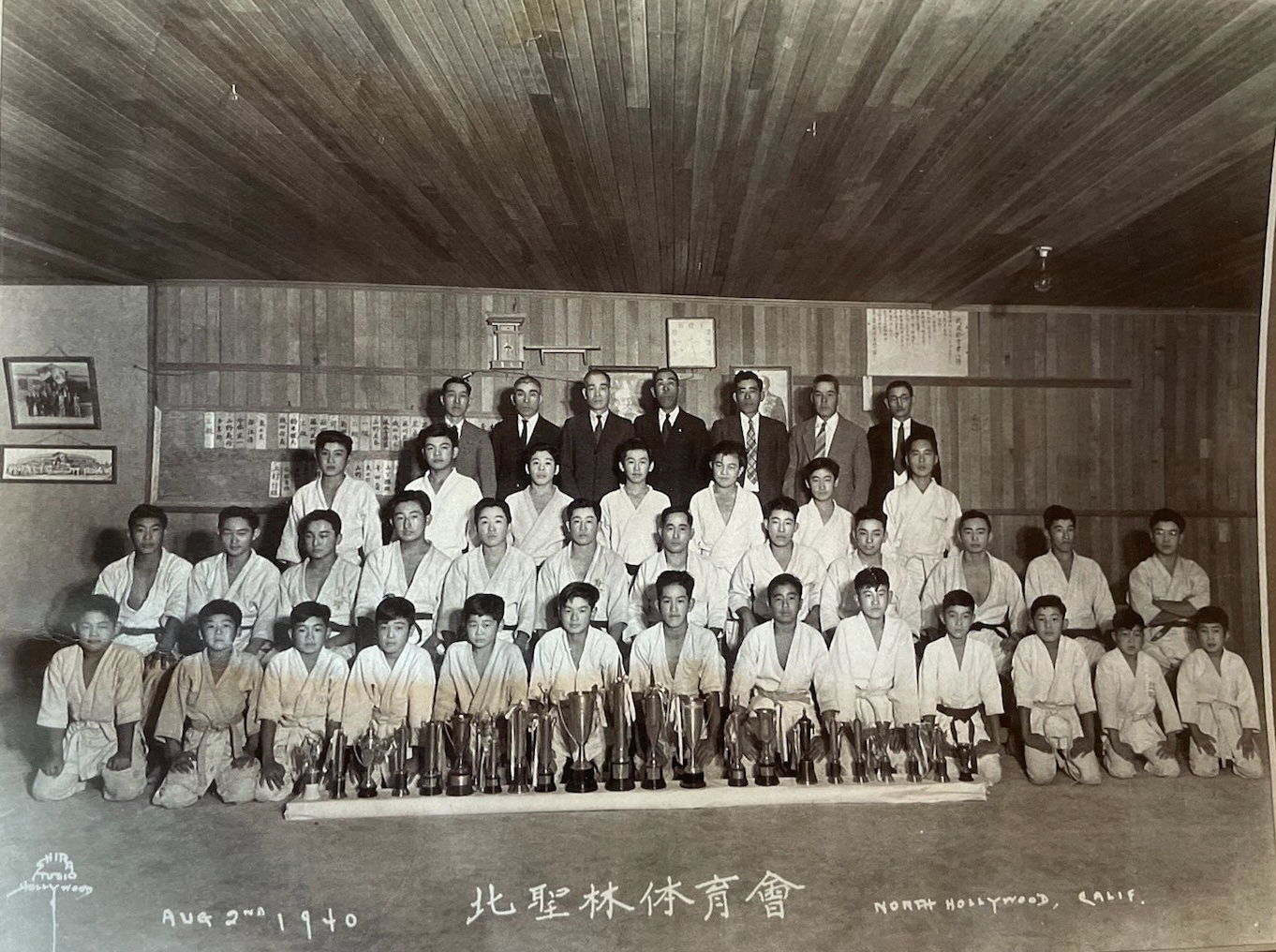

Judo has been taught by the San Fernando Valley Dojo since 1921, when the dojo was formed by Seigoro Murakami. Within its first year of existence, San Fernando Valley Judo grew to over 100 members, and hosted the first american invitational Judo tournament in 1922. Murakami sensei was born in Wakayama, Japan, and moved to the United States of America in 1908. In 1909, he began his judo study at Rafu Dojo in Los Angeles, CA. In 1919, Seigoro became the first american made judo black belt. He immediately began to spread the practice of Judo in America. He found the first home to San Fernando Valley Judo in a garage on Kewen Street in the City of San Fernando, California.
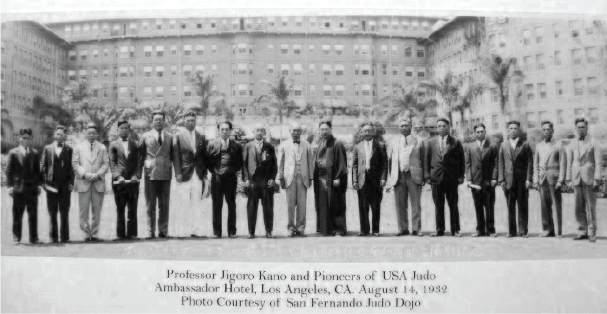
In 1932, Murakami sensei hosted the founder of Judo, Jigoro Kano, while he was visiting the United States for the 1932 Olympic Games.
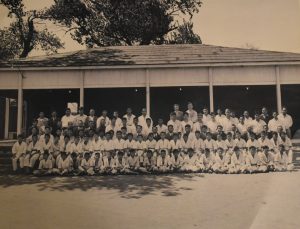 As more and more people began to study Judo, Murakami sensei had decided to orchestrate the openings of Oxnard Dojo, North Hollywood Dojo, and Glendale Dojo. San Fernando Valley Judo successfully developed hundreds of yudansha (black belts) and judo students until 1942, when the Japanese Americans were moved to the internment camps.
As more and more people began to study Judo, Murakami sensei had decided to orchestrate the openings of Oxnard Dojo, North Hollywood Dojo, and Glendale Dojo. San Fernando Valley Judo successfully developed hundreds of yudansha (black belts) and judo students until 1942, when the Japanese Americans were moved to the internment camps.
Through the stresses of a drastic life change, Seigoro Murakami knew morale had plumitted, and the internment life needed judo to carry spirits. Therefore, Murakami sensei started routine judo practices at the Manzanar Camp, which quickly grew to over 75 blackbelts and over 300 students.
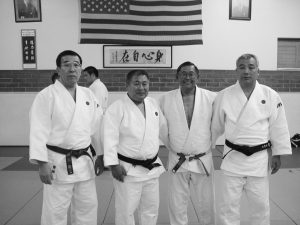
After World War II, Murakami sensei opened judo practices again in the garage on Kewen Street. In 1957, Seigoro Murakami was asked to return to Japan to be honored for his accomplishments by the Emperor of Japan, Hirohito. Murakami sensei is one of the only japanese americans to ever join the Emperor of Japan in his balcony to view the All Japan Judo Championships.
In 1959, San Fernando Valley Judo was moved to it’s current home at the San Fernando Valley Japanese American Community Center.
Murakami sensei is one of few men in the United States to acquire the rank of 8th Degree Black Belt. He taught judo from 1919 to 1969, when he retired after a heart attack. His son Roy Murakami, 8th Degree Black Belt, headed the program from 1969 to 1997.
In 1997, Seigoro’s grandson (Roy’s Son), Michael Murakami, 5th Degree Black Belt became the head instructor. And then in 2017, Michael retired and Stuart Kam, 5th Degree Blackbelt became the program head instructor.
Today, San Fernando Valley survives with nearly 500 yudansha under it’s history, and continues to serve it’s students and community every Monday, Wednesday, and Friday from 6:00 p.m to 9:00 pm.
